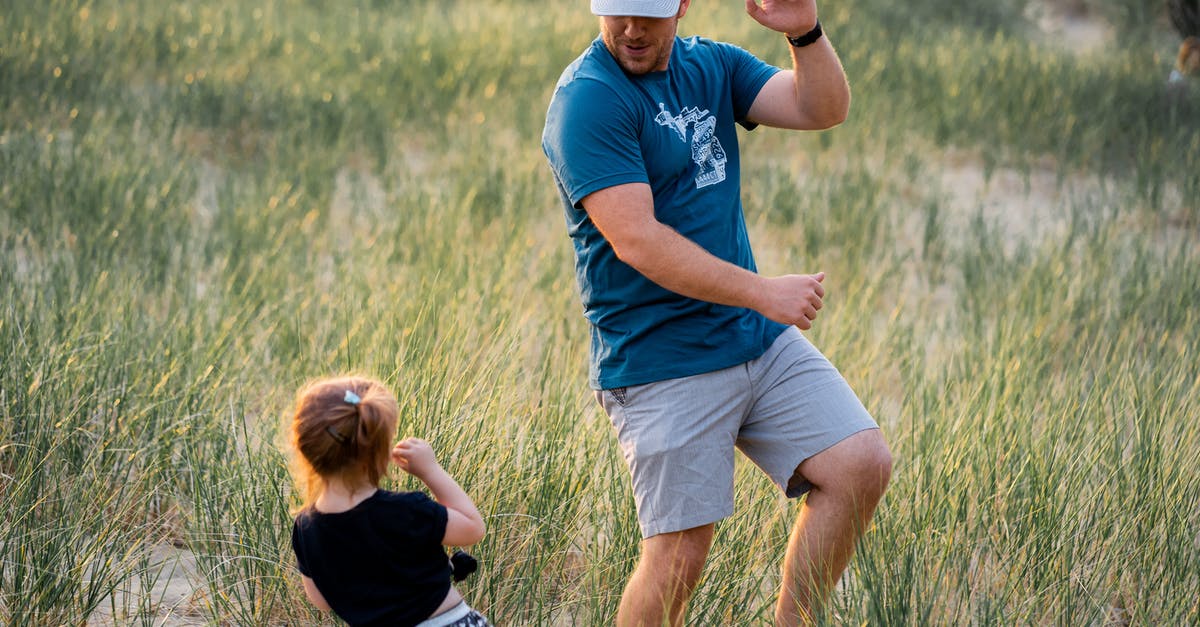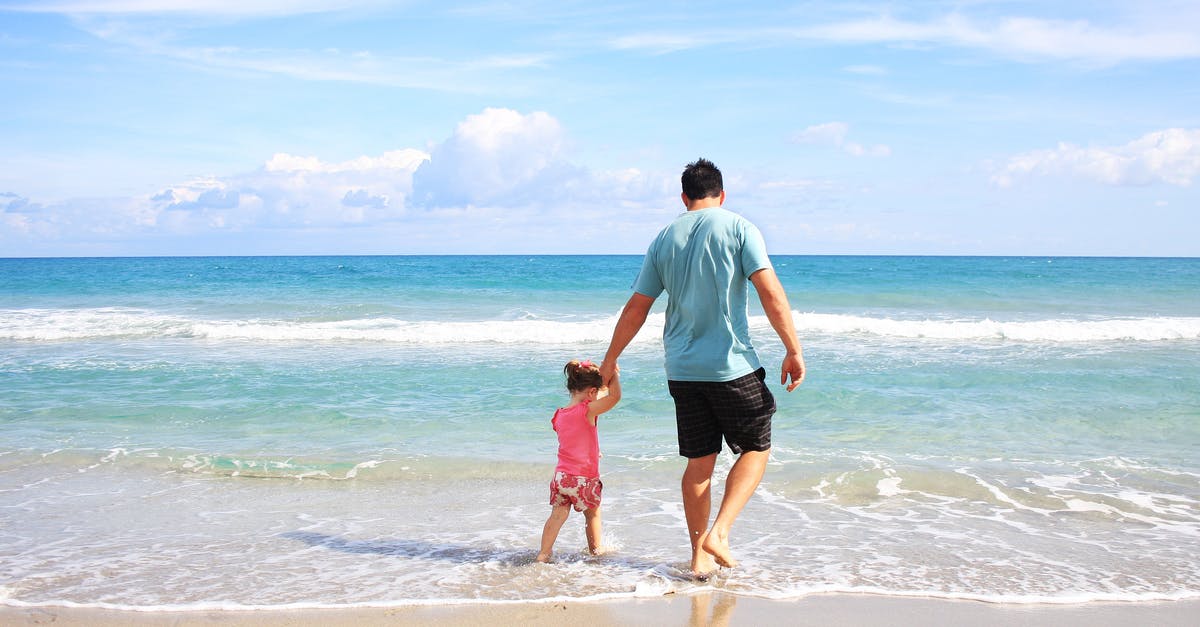How to interpret Mac's dance in "It's Always Sunny..."?

This article http://collider.com/its-always-sunny-season-13-finale-dance gives a glowing interpretation of Mac's dance in the 13th season finale of It's Always Sunny in Philadelphia. I don't have access to the show, but I did watch the clip.
The article says it was about how he felt after coming out to his father. Perhaps it's obvious to those who follow the show, but I just don't get it.
My exposure to ballet and interpretive dance are limited, but his dancing with this woman doesn't seem to express anything about his homosexuality. He was in close contact with her and performed impressive maneuvers, especially that downright heroic lift at 3:40. (Dances like this are what lead young straight boys into taking up ballet!). He didn't display anything like distaste, discomfort, or even disinterest.
If he was trying to show his attraction to men, why didn't he dance with a man?
If he was trying to show the pain of being rejected by his father (the man in the audience who got up and left, I presume), why was there no "character" representing the father?
If it was simply supposed to be an expression of his pain and vulnerability -- well, most of those moves showed very little of that, except at the end.
What am I missing?
Best Answer
Now first of all, I'm by far not an expert on ballet or expressive dance, but I'm not so sure you need to be to gather some insights into the effect this performance had and was supposed to have.
As to the diegetic purpose of the dance itself, I don't think it's so much as a mere statement of coming out to his dad (in fact he straight up tells him "Dad, I'm gay." right before the dance starts), rather than showing him how he feels about it. It's not so much to show that he is gay rather than why or what that means for him and how he came to terms with it for himself, or as the episode's title puts it, "finding his pride".
I can't really give you a direct interpretation as to what the specific moves mean there but I'm not sure that's too possible either, let alone the purpose there. What we can gather from earlier dialogue (where he tries to explain his conflict to Frank), though, is that the woman he dances with is most likely representing god:
Mac: Okay, well, there's-there's, like, this storm inside of me and-and it's been raging my whole life. And-and I'm down on my knees and-and I'm-I'm looking for answers and then God comes down to me and it's a very hot chick - and she pulls me up and we start dancing, okay?
Frank: W-Wait, wait, wait. You're gay and you're dancing with a hot chick - who is God?...The Catholics really fucked you up.
Mac: Oh, you didn't get it?
Frank: I'm never gonna get it.
And Frank's response, even if maybe misinterpreting Mac's explanation, highlights that a big part of Mac's conflict has always been his strong religiosity. Now it's not like Mac is a model Catholic, but he generally likes to bring up the Bible when looking for arguments (even if often in a rather crude way, but it's Always Sunny we're talking about here) and especially when the topic fell to homosexuality in the past. So a big part of solving his identity crisis and coming to terms with his sexuality is also coming to terms with god and religion in general. This seems to figure well into the ending of the dance performance where his partner (God) holds him in her arms and says "It's okay".
The article you link to doesn't actually offer much of a specific interpretation of the dance either, other than it supposedly showing how Mac comes to terms with his sexuality, which is already clear from the episode itself.
This article sheds some light on the creation process, even if it still stays quite abstract:
“Rob came out of the writers room saying he wanted it to represent the struggle, the push and pull, and that helped Leo and me to put the choreography together in a way that showed vulnerability and strength,” Faulk said. “The woman represents the light and the good and everything pure and amazing — and he’s the dark. So it’s basically a giant metaphor for being able to love and accept yourself.” ...
... “Collectively, we all really just liked the metaphor of the storm that’s going on inside him and then the sun comes out,” Faulk said. “Visually, it’s just exciting to look at. It just feels dangerous and cool and makes it more of a struggle.”
But I'd go as far as saying that the lack of a clearly apparent interpretation is part of the deal here. It's to some degree supposed to stay largely abstract. A common concern of people struggling personally with this topic (and one adressed in the episode, too) is often that outsiders "just don't get it". And in fact both Frank and Mac's dad literally say that about Mac in the episode. Apparently it's not something that's particularly easy to put in words. So it makes sense that it stays abstract in dance form, too. Creator and actor Rob McElhenney reinforces this:
But making the intention of the piece clear wasn’t that important to McElhenney, since Mac is so confused about his sexuality. “We thought what would be funny about it is that it’s kind of confusing. We’ve set it up in the script that his explanation is also intensely confusing,” he said. “We realized if he couldn’t really verbalize what it is that’s happening to him, it doesn’t matter because he’s just hoping for someone — whether it’s God, his mom, or his dad, or his surrogate father Frank — to say that it’s all right to feel what I feel and be who I am.”
I guess leaving it open to people if they get it can have a stronger impact than spelling everything out explicitly (especially since this keeps up the mystery around the whole dance performance, the purpose of which I'll elaborate on later, without it slipping into a clearly comedic performance). When you then contrast this with Frank, who is surely the least liberal-minded of the entire gang, finally "getting it", you see what a strong impact the dance supposedly must have diegetically, even if (or because) it might not have that same impact on you non-diegetically (or might not even have been intended to do that).
And last but not least, a major factor in all this that the articles (like this one from the AV Club) also highlight (and that as a big fan of the show I personally felt) is that this dance performance was everything else but It's Always Sunny in Philadelphia. Together with the supposed dedication that went into preparing it as well is its honest presentation, it stands in a stark contrast to the crude way the topic of Mac's sexuality was handled in the rest of the show (or earlier in the very same episode). Now that's not necessarily a judgment or to say the show has been entirely respectless to the topic of homosexuality so far, I'm all for defending the show's crude humour and its lack of, let's say subservience, when dealing with hot button topics. But saying that such topics are treated less than sensitively in the show would be an understatement. So something like this honest dance performance for the finale of the season just stands out, as Rob McElhenney also says:
“We got a really overwhelming emotional response from the LGBTQ community last year [...] I took it seriously and I felt it would be completely unexpected to have this much more emotionally resonant end to the season. You would expect that Mac would express himself through the art of contemporary dance and it go horribly wrong, until you realize that’s not the direction we’re taking.”
And now you have something like this honest dance performance standing out as the finale of the season and it puts the show and its humour on a new level simply by leaving you baffled and the door open for many possibilities to interpret the dance's purpose for the show. I don't doubt that it was honestly made as a serious performance. But by trying to bring it in relation to the show's humour it blurs the lines between humour and seriousness further. Is the fact that they went to such lengths for this a joke in itself (comparing to McElhenney's whole "Fat Mac" stunt)? Is the fact that it's (supposedly) meant serious the joke? Is it a statement about the show's purpose and how it sees itself (or wants to see itself in the future)? Is it the creators paying honest tribute to gay concerns? Is it them turning a character development that may have started as a platform for making gay jokes into something completely unexpected? Or is it a whole new direction for the show altogether (or just a creative milestone)?... The interpretations are endless and largely up to everyone on their own, especially since it marks the ending of the season for now and we don't know what's to come.
Pictures about "How to interpret Mac's dance in "It's Always Sunny..."?"



Who is the dancer in Mac finds his pride?
In \u201cMac Finds His Pride,\u201d Mac decides to finally come out to his father, who is still in prison. Mac performs an interpretive dance to his father. It doesn't impress his father, but it actually changes Frank (Danny DeVito).MAC Addresses Explained | Cisco CCNA 200-301
Sources: Stack Exchange - This article follows the attribution requirements of Stack Exchange and is licensed under CC BY-SA 3.0.
Images: Josh Willink, Pixabay, Kampus Production, Adil
